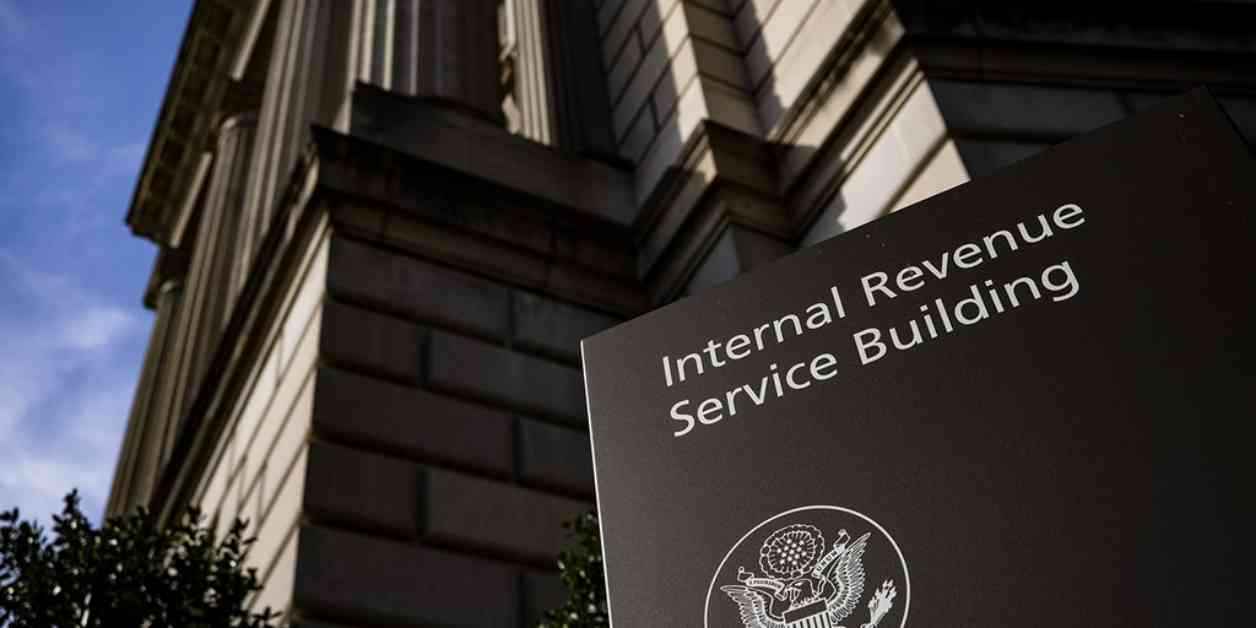The Internal Revenue Service (IRS) is facing significant changes as tax season approaches, with reports indicating the agency is set to reduce its workforce by cutting thousands of probationary workers. This move comes in the wake of the Trump administration’s recent directive to dismiss most probationary employees who lack civil service protection. While the exact number of individuals affected by these layoffs has not been officially confirmed, it is expected to impact a substantial portion of the workforce.
Impact of the Layoffs
According to The Associated Press, thousands of IRS employees are slated to lose their jobs as a result of these cutbacks. President Donald Trump further intensified the situation by signing an order on January 29, mandating federal workers to return to in-person work or face termination. This ultimatum prompted approximately 65,000 employees to accept a buyout offer extended to them.
The timing of these workforce reductions is particularly crucial, as they coincide with the commencement of the 2025 tax season on January 27. Notably, IRS employees actively involved in facilitating this tax season are ineligible for the buyout until after the taxpayer filing deadline. This delay places additional strain on the existing workforce, potentially impacting service quality and efficiency during this critical period.
Political and Financial Implications
The Department of Government Efficiency (DOGE) is spearheading efforts to streamline government operations and enhance financial prudence by aiming to slash $2 trillion from the federal budget. This initiative involves dismantling programs and trimming the federal workforce, with a view toward optimizing resource allocation and improving overall operational efficiency.
In a bid to bolster IRS capabilities and address service deficiencies, the Biden administration passed the Democrats’ Inflation Reduction Act, allocating $80 billion to recruit 87,000 new IRS agents. This strategic investment was aimed at enhancing service delivery, particularly for middle-class taxpayers who form a significant portion of the tax base.
The recent funding injections have enabled the IRS to bolster its service standards, with the past two filing seasons witnessing service levels of approximately 85% and wait times averaging less than 5 minutes on main phone lines. This improvement is further underscored by enhanced taxpayer assistance services at IRS centers nationwide, signaling a concerted effort to enhance user experience and streamline tax filing procedures.
In a statement released by IRS Commissioner Danny Werfel, the agency emphasized the importance of ongoing investments in the tax system to sustain these positive trends. While acknowledging the progress made thus far, Werfel underscored the need for continued enhancements and technological innovations to meet evolving taxpayer needs effectively.
As the tax season unfolds, the IRS anticipates processing over 140 million tax returns, underscoring the scale and complexity of its operational responsibilities during this period. However, amidst these transformative changes and operational challenges, the IRS and the Department of Treasury have yet to respond to inquiries seeking clarification on these developments.
In conclusion, the evolving landscape of the IRS workforce underscores the agency’s commitment to adapt to changing operational dynamics and enhance service delivery amid budgetary constraints and evolving taxpayer demands. The impending layoffs, coupled with strategic investments and procedural refinements, highlight the agency’s resilience and determination to navigate turbulent waters and fulfill its mandate effectively.


